How the U.S. and Iran came to the brink of war
For a few hours Tuesday, there was reason to fear that the United States was on the edge of war with Iran, in the aftermath of the targeted killing of one of the Islamic Republic’s top generals. After Iran’s threatened retaliation — a missile attack on two bases in Iraq — resulted in no American casualties, it appeared the two nations had pulled back from the brink, at least for now.
Yet there is a long history of animosity — and some interludes of cooperation — between the U.S. and the nation of 81 million whose proud history traces back more than 2,500 years to ancient Persia. Today Iran is a regional power that projects influence throughout the Middle East, mostly by way of militias that adhere to its Shiite brand of Islam. It is a sworn enemy of Israel, but also of ISIS, and it backed the war that defeated the Islamic State’s “caliphate” in Iraq over the past five years.
How did we reach this dangerous passage? Here, some key developments over recent decades, days and weeks:
_____
1953: Mohammed Mossadegh, Iran’s democratically elected prime minister, is overthrown in a CIA-backed coup. Mossadegh had faced international opposition to his plans to nationalize the oil industry within the country.
1979: A revolution removes the U.S.-backed Iranian monarch, Shah Reza Pahlavi, and installs the Islamic Republic, a theocratic state whose “supreme leader” is the Muslim cleric Ayatollah Ruhollah Khomeini. Later that year, after the exiled shah is admitted to the United States for medical treatment, the U.S. Embassy is overrun and occupied by demonstrators, who hold 52 American personnel hostage for 444 days. The U.S. freezes Iranian assets in the country and stops the delivery of weapons, some of which have already been purchased.
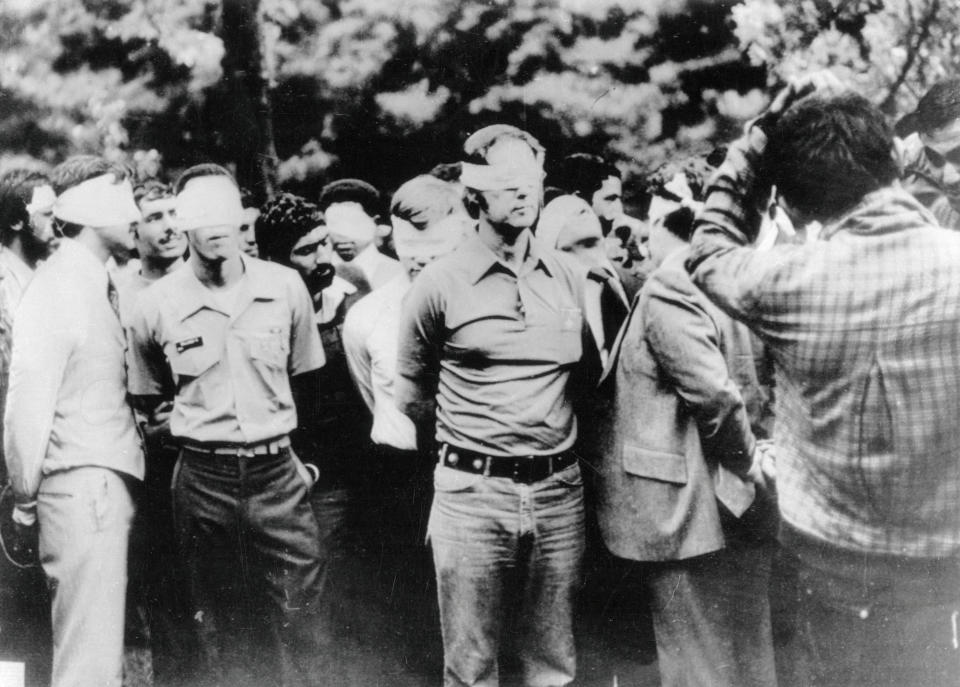
1980s: Iraq invades Iran, starting a years-long war between the two countries. The United States formally supports Iraqi dictator Saddam Hussein. But a cabal within the National Security Council also secretly sells weapons to the Iranians as part of a three-way deal supposedly aimed at freeing hostages held in Lebanon by an Iranian-backed militia, and to illegally channel funds to right-wing rebels in Nicaragua. The “Iran-Contra” affair becomes the most significant scandal of the Reagan administration. In July 1988, the U.S. military accidentally shoots down an Iran Air flight over the Persian Gulf, killing all 290 people onboard. The U.S. military says it had mistaken the plane for a fighter jet.
1990s: The U.S. passes a series of sanctions against Iran, including the Iran-Iraq Arms Nonproliferation Act of 1992 and the 1996 Iran-Libya Sanctions Act, later known as the Iran Sanctions Act.
2002: In his State of the Union address, President George W. Bush says Iran, Iraq and North Korea are a new “axis of evil.”
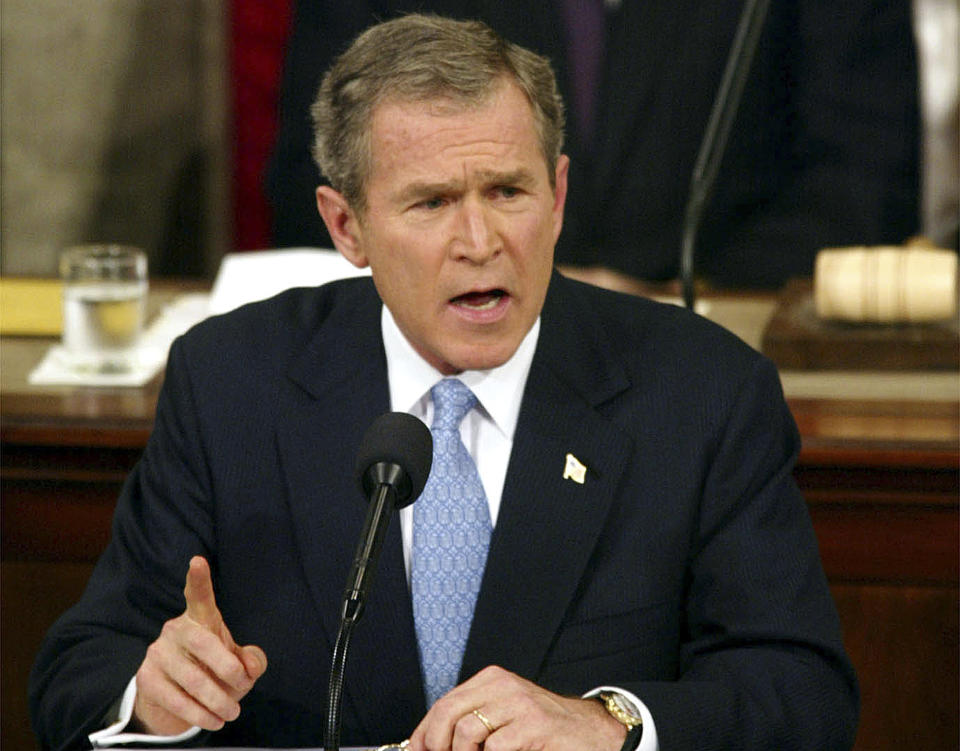
2003: The United States invades Iraq on the pretext that the regime of Saddam Hussein is developing “weapons of mass destruction.” No such weapons are found. The resulting power vacuum allows Iran further influence in the country.
2006: The United Nations initiates a series of sanctions against Iran with an intent to curb the country’s uranium enrichment program.
September 2013: President Barack Obama and new Iranian President Hassan Rouhani speak over the phone, the first high-level conversation in decades between the leaders of the two nations.
July 2015: The Joint Comprehensive Plan of Action (JCPOA) between Iran and world powers — the United States, the United Kingdom, China, Russia, France and Germany — takes effect, easing sanctions in exchange for Iran’s suspension of its nuclear weapons program. As part of the deal, the U.S. returns several billion dollars to Iran, representing funds frozen after the 1979 revolution.
2016: Donald Trump wins the Republican nomination for president and campaigns on ending the nuclear deal, which he describes as a “horrible one-sided deal that should have never, ever been made.”
July 2017: Congress passes new sanctions against North Korea, Russia and Iran. The Senate passes them 98-2, with Sens. Bernie Sanders, I-Vt., and Rand Paul, R-Ky., the “no” votes.
May 2018: Trump announces that the United States will withdraw from the JCPOA.
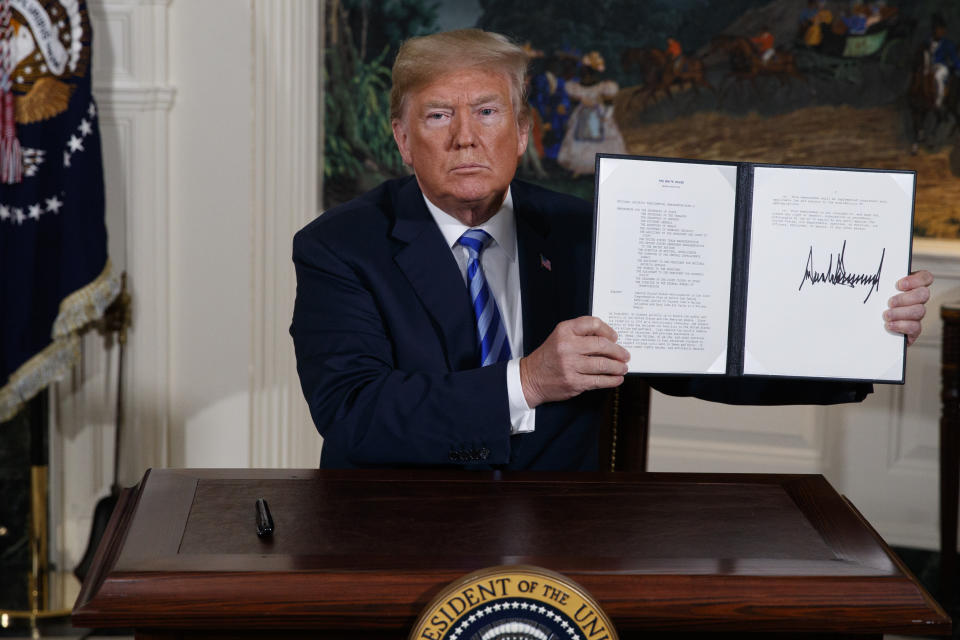
April 2019: The U.S. State Department declares the Islamic Revolutionary Guard Corps a terrorist organization.
June 2019: Iran shoots down a U.S. military surveillance drone. Trump announces that he called off a planned retaliatory strike on Iran over concerns about casualties.
Dec. 27, 2019: A U.S. contractor is killed in a rocket attack on a base in northern Iraq. U.S. authorities blame Kataib Hezbollah, an Iranian-backed militia. American and Iraqi troops are also injured in the attack.
Dec. 29, 2019: U.S. responds via airstrikes against Kataib Hezbollah positions in Iraq and Syria, killing at least 25.
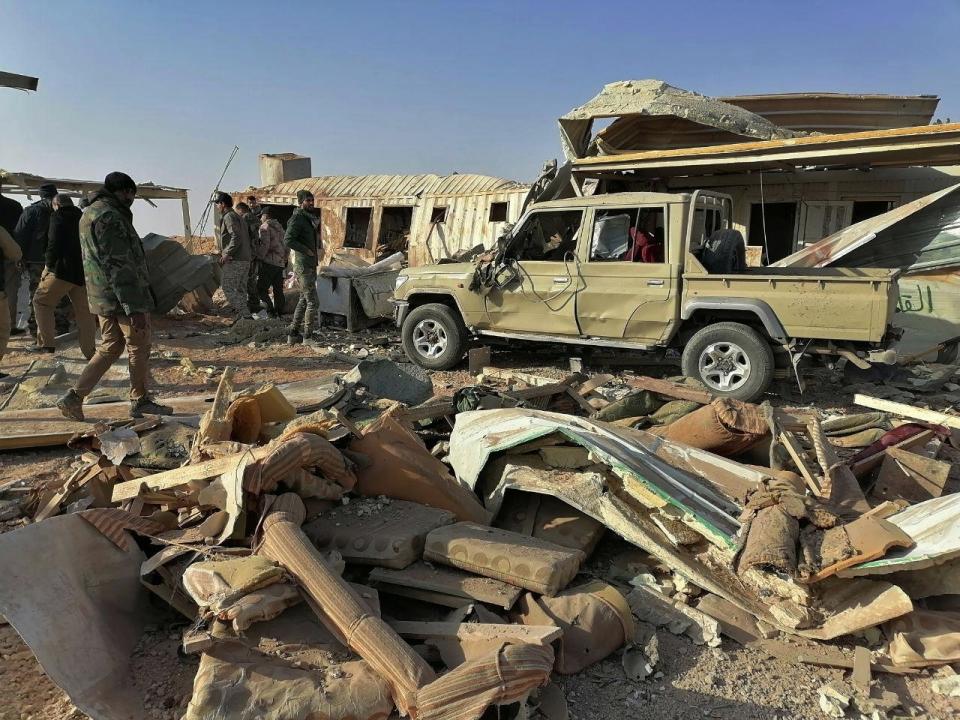
Dec. 31, 2019: Iranian-backed militias storm the outer barrier of the U.S. Embassy in Baghdad, smashing windows and setting fires while U.S. Marines respond with tear gas. No one is killed or injured on either side.
[PHOTOS: Iraqi Shiites break into U.S. Embassy in Baghdad]
Jan. 3, 2020: President Trump orders an airstrike that kills top Iranian Gen. Qassem Soleimani at a Baghdad airport. The strike occurs without consultation with allies or notification to Congress. The White House says the strike was justified by an “imminent” threat from the Quds Force, the Iranian special forces, which Soleimani commanded. (As of Wednesday morning, the intelligence supporting this assessment had not been made public.) Iran says it will retaliate.
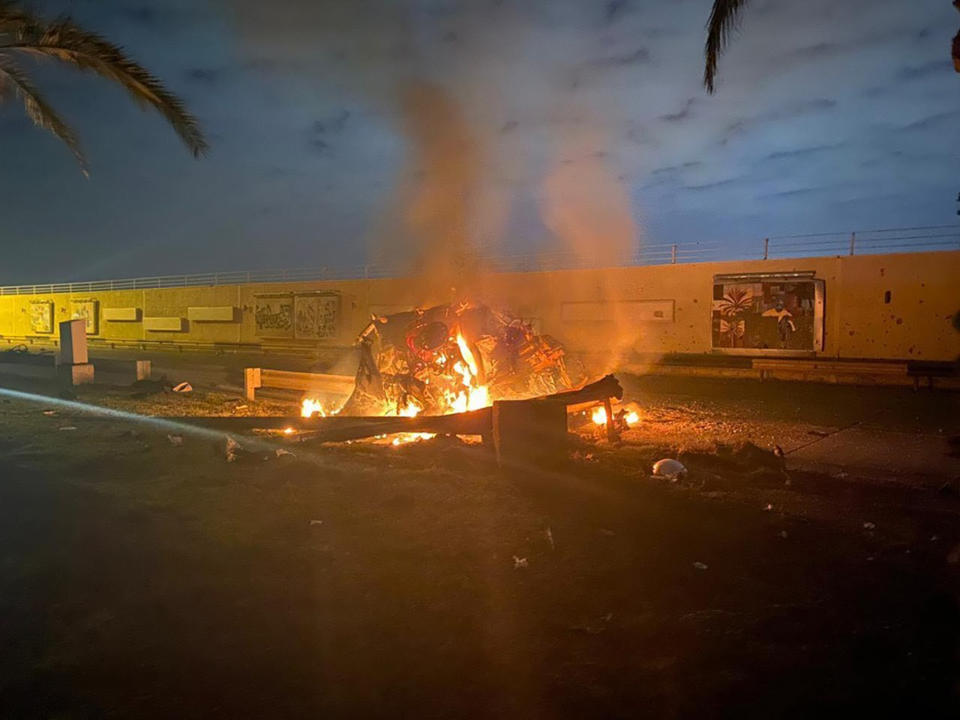
Jan. 4, 2020: Trump threatens to target cultural sites across Iran if it retaliates by killing Americans. Intentionally targeting historic, religious or cultural sites is considered a war crime. Four days later, Trump backs off the threat.
Jan. 5, 2020: The Iraqi Parliament votes unanimously for a nonbinding resolution demanding the withdrawal of U.S. troops, who have occupied the country since invading in 2003. In response, Trump says if troops were forced to leave he would impose sanctions until the United States was paid back for the infrastructure it built in the country. Iran announces it will no longer abide by the nuclear deal.
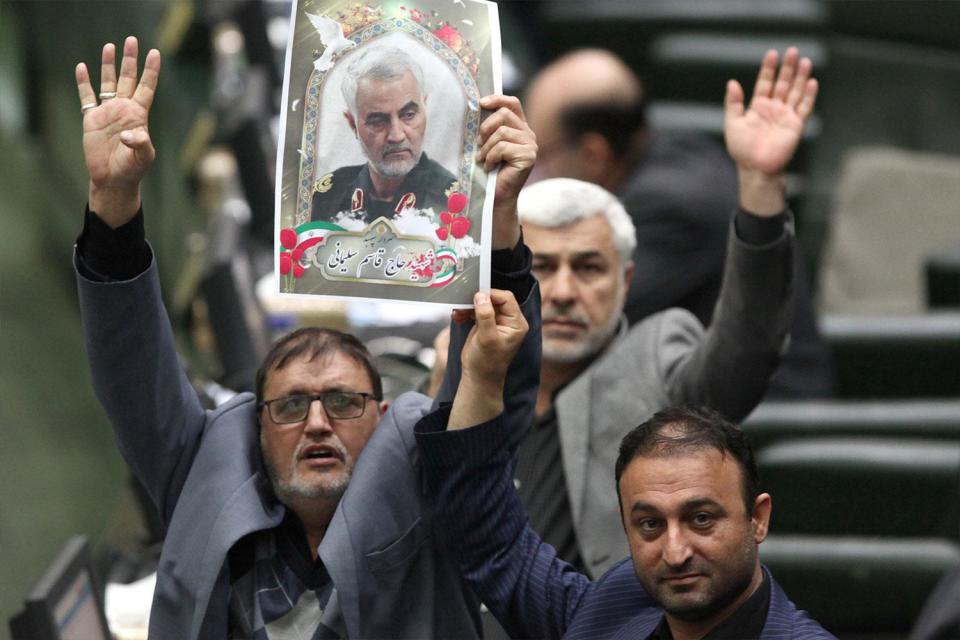
Jan. 6, 2020: The United States military sends a letter to Iraqi officials announcing it will begin the withdrawal of troops. Shortly after the memo is made public, Pentagon officials say it was a draft that didn’t accurately relay their intentions and shouldn’t have been sent, calling it a mistake.
Jan. 7, 2020: At a Pentagon briefing, Secretary of Defense Mark Esper says he predicts Iran “will retaliate.” Hours later, it does, firing over a dozen ballistic missiles at Iraqi bases housing both Iraqi and U.S. troops. There are no U.S casualties reported, and afterward Trump tweets, “All is well!” Reports later surface that the U.S. had advance warning of the attack. The Iranian Parliament approves a bill declaring the U.S. military as terrorists.
Cover thumbnail photo: Lefteris Pitarakis/AP
_____
Read more from Yahoo News:
Iran faces dilemma in avenging general's death: To strike back without starting a war
Did the U.S. 'assassinate' Iranian general or just kill him? Why it matters
Your Democratic primary cheat sheet: In the run-up to Iowa, who's still in the race?
PHOTOS: Ukraine International Airlines plane crashes in Iran killing all on board


